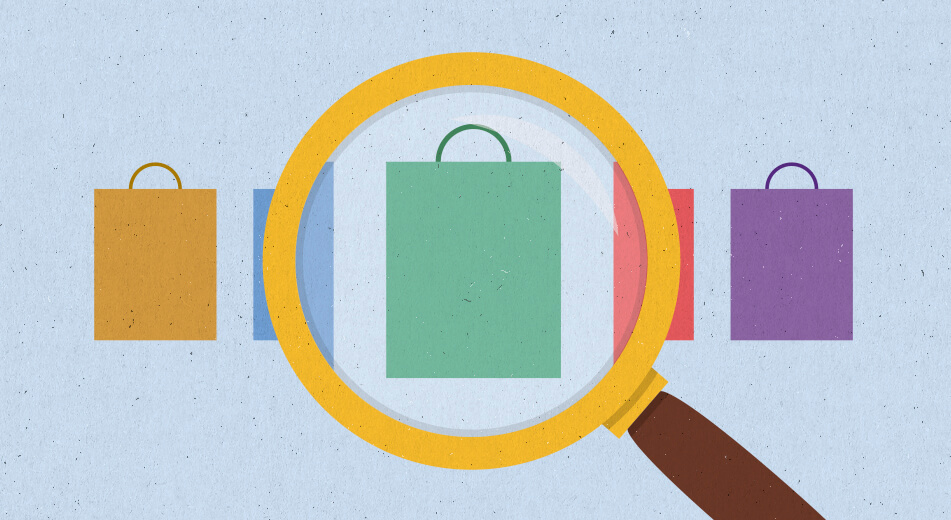
3 Feb' 14 | By Amanda Smith
The latest evolution in the e-commerce space is the world of discovery shopping. For years influential fashion reporters and industry insiders have controlled the trends, mostly relying on personal taste and intuition to predict the next big thing. In 2014, it is becoming quite apparent that social media networks and content sharing platforms are influencing stock decisions, and fuelling significant growth in a flourishing e-commerce market.
The potential of discovery shopping has only just been realised by retailers, and will have far reaching implications for marketers when it comes to customer reach, marketing and brand control. This content-rich, socially consumed shopping experience is changing both how we shop and how we sell.
Discovery shopping is driven by a combination of striking visual imagery and entertaining social interactions. Shopping sites such as Pinterest, Fancy, Wanelo and eBay, not only help consumers find and share products in a busy digital space, but make the experience socially appealing. ‘Social shopping’ may only be in its infancy, but it is already encouraging growth in the e-commerce market, where it will continue to thrive.
IMRG figures report that £91 billion was spent online during 2013, an 18% year-on-year increase. Much of this success can be attributed to the growing influence of mobile retail, with sales via mobile devices increasing 138% on 2012. In fact, new research from eBay estimates that in the next two years the value of social media for retail will more than double, growing from £1.5bn to reach around £3.3bn.
This increasingly powerful online community of shoppers and traders who pin, post and share their tastes will transform the retailer/shopper relationship. Nearly half of social media users are already using social platforms while thinking about making a purchase, and a similar number of users are actively deciding what to buy based on what they have seen on content sharing platforms. There’s an affluent prize for those UK retailers who utilise social media to influence and help customers make decisions. Currently nobody delivers inspiration more lucratively than photo-sharing website Pinterest.
Pinterest has over 70 million users and drives more traffic to websites than Twitter, LinkedIn, Google+ and Reddit combined. Pinterest provides an amazing outlet for consumers to share and collect product images, and brands have definitely taken note. Fashion retailer Nordstrom, utilises Pinterest as an organic way to build brand awareness and drive direct sales. Each month, customers engage with the Nordstrom boards and ‘pin’ thousands of images, generating millions of impressions, creating significant site traffic and demand. They also added the ‘pin it’ button to their website, making the process a fully joined up approach.
Sites such as Fancy, Wanelo and eBay operate in a similar way, all supporting the ethos behind ‘visual imagery driving inspiration’, and ultimately purchases. What makes these sites slightly different is that you can purchase directly from the same platform making the shopping experience more seamless. Even though on Pinterest you are re-directed to the retailers own website it doesn’t seem to affect sales, as ‘pinners’ spend 50% more on average compared to other social channels. They’ll also spend 20% more than users referred from non-social channels, including search engines.
These advances in consumer behaviour can also allow shop owners to collect ideas, crowdsource opinions and gain inspiration. If more retailers actively monitored their social feeds it would actually help them to avoid unsold stock. For example, if some of their products aren’t being ‘pinned’ as much as other items, then they could look to reduce quantities of production, and vice versa. By empowering shoppers to communicate what trends they like, retailers will be free from much of the guesswork.
When it comes to e-commerce web development, the ultimate goal is to make browsing and buying as seamless and stimulating as possible. Brands must embrace this ‘social shopping’ innovation in order to appeal to today’s content sharing audience.
Sources:
24 Jan' 14 The ‘BYOD’ Revolution in School Tech